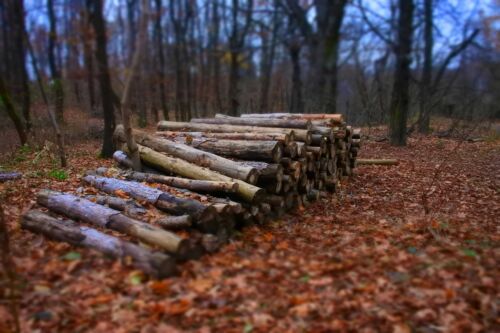



Background
On June 23, 2025, U.S. Department of Agriculture (USDA) Secretary Brooke Rollins announced that the Department intends to rescind the 2001 Roadless Area Conservation Rule, commonly known as the “Roadless Rule.” USDA officials cited the Rule as overly restrictive and a risk to millions of acres of national forests.
The Roadless Rule prohibits road construction, reconstruction, and timber harvesting on nearly 58.5 million acres of inventoried roadless areas within the National Forest System. When adopted in 2001, the Rule was driven by environmental concerns such as erosion, habitat loss, and plant diversity. At that time, federal projections suggested fire-reduction efforts would not be needed in these areas for at least two decades. Nearly 25 years later, however, the USDA points to increased insect infestations, disease, and wildfire activity in protected areas as evidence that the “one-size-fits-all” approach has not worked as intended.
Rationale for Change
The Department’s notice emphasizes the importance of flexibility, stating that “[a]s resource conditions and policies have evolved over time, it is now evident that the blanket, national approach taken in the 2001 Roadless Rule unnecessarily and adversely limits exercise of management discretion. The flexibility to respond to local land and resource conditions is paramount.” While wildfire risk is less significant in Virginia—home to several hundred thousand acres under the Rule—it remains a pressing issue, particularly across western states.
Next Steps
On August 27, 2025, the USDA advanced the rollback process by publishing a notice of intent to prepare an environmental impact statement (EIS), which appeared in the August 29 Federal Register. The notice underscores the role that more active, localized management could play in reducing wildfire damage, improving forest health, and even supporting local economies. This shift is also aligned with past executive orders directing federal agencies to take a more proactive role in wildfire prevention and land management.
According to the USDA, the 2001 Rule is “no longer the best approach” for managing roadless areas. The Department argues that the national rule adds unnecessary administrative burden and hinders multiple-use management of national forests. Instead, the proposed framework would return discretion to local managers, allowing them—where consistent with land management plans—to build roads, thin forests, conduct timber sales, and take other steps to reduce wildfire risk and protect surrounding communities.
The USDA expects to release the draft Rule and accompanying environmental impact statement in March 2026, at which point a public comment period will open. Comments may be submitted electronically through the Federal eRulemaking Portal or mailed in hardcopy form.
Conclusion
The proposed rescission of the Roadless Rule has drawn sharp lines between conservation groups and forestry stakeholders, with opponents warning of environmental harm while industry advocates emphasize the urgent need for active management and local discretion. For logging associations and their members, for example, the USDA’s shift represents both an opportunity and a challenge—opening the door to greater access, wildfire mitigation, and economic activity, while also signaling that legal and regulatory battles will continue. As this rulemaking process moves forward, Setliff Law will closely monitor developments to help our clients navigate the evolving landscape and protect their operational interests.
If you have questions about this article, please contact John Stacy (jstacy@setlifflaw.com) at (804) 377-1263, or Steve Setliff (ssetliff@setlifflaw.com) at (804) 377-1261.
© 2025 Setliff Law, P.C.| View Our Disclaimer | Privacy Policy